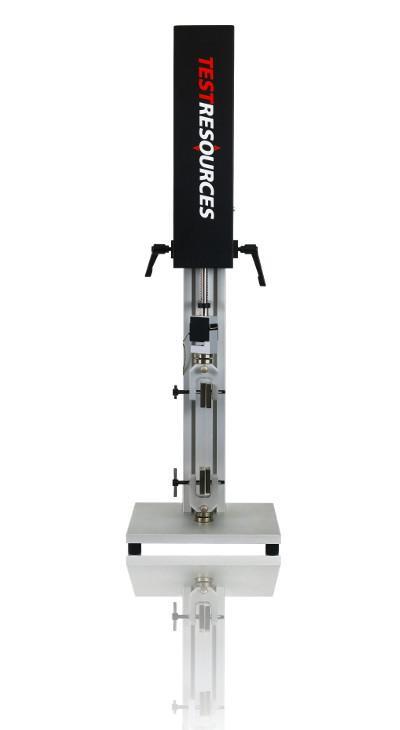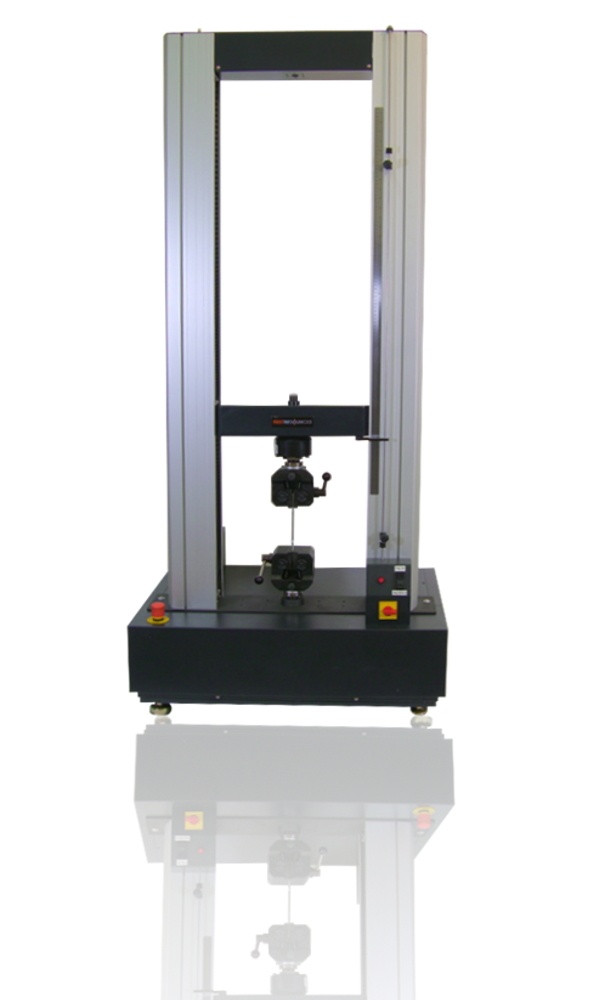
Nails and screws are the most commonly used fasteners used for wood and wood based products. To test the various loads and ways in which nails and screws fail, they are tested in tension using withdrawal and pull-through tests and in shear using lateral movement tests. ASTM has published a number of standards, containing collections of test methods for clear wood and wood based materials, including fiber board and particle board.
ASTM D1037 specifies use of the same test fixture for conducting nail and screw withdrawal tests on wood based product specimens. Nail withdrawal specimens are at least 3 x 6 in. and as manufactured thickness. A nail is driven perpendicular to the face of the wood specimen, leaving at least 0.5 in. of the shank exposed. The base fixture resembles a channel beam, supporting the face of the specimen, while the top fixture applies a withdrawing load to the nail head. Screw withdrawal tests only differ by specimen dimensions: face withdrawal specimens are at least 3 x 4 in. and 1 in. thickness, while edge withdrawal specimens are at least 3 x 6 in. and as manufactured thickness. Nail head pull-through tests are very similar to withdrawal tests. The base fixture contains a hole opening, instead of a channel opening, and the point of the screw is commonly gripped using a Jacob's type chuck. All tests are conducted at a crosshead displacement rate of 0.06 in/min.
The specific properties of the wood being tested, and the variety of nail and screw specifications will determine the need for a low or medium force capacity and tabletop or floor standing test machine. Contact a TestResources application engineer to discuss your wood nail and screw withdrawal test requirements and develop the best test solution for your needs.
Applicable Testing Standards
Recommended Test Machine
Forces up to 10 kN (2,250 lbf)
Low force tabletop systems
Modular series of five frame options with adjustable test space
Affordable testing option for tension, compression, bend, peel and much more
Force range of 5 kN to 600 kN (1,125 lbf to 135,000 lbf)
Adjustable test space
The most popular choice for static tension and compression tests
These dual column testers are available in both tabletop and floor standing models
Recommended Accessories
In direct compliance with ASTM D1037





